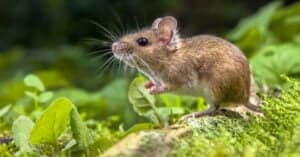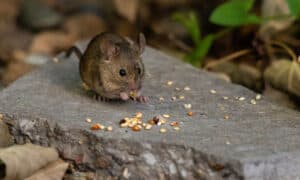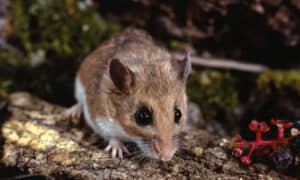Guinea pigs are known throughout much of the world as adorable pets with quirky personalities. They make a wide variety of squeaks and whistles and come in all kinds of colors and color combinations. Breeders even specially breed their guinea pigs, or ‘cavies’, to have distinctive fur lengths, colors, and textures. Guinea pigs were first domesticated for meat in the Andes Mountains of South America, and are still used as livestock in many parts of the world. Here, we’ll discover just what’s up with guinea pig teeth, and how owners can prevent dental problems in their pet guinea pigs.
Ever Growing Teeth
Guinea pigs are members of the rodent family Caviidae, and, like many rodents, are elodonts. Elondontism means all of their teeth grow continuously for their entire lives; a guinea pig’s teeth never stop growing. Even if a tooth falls out, it will grow back. They have twenty teeth in total, and, unlike animals like dogs and cats, have only one set of teeth for life–no baby teeth.
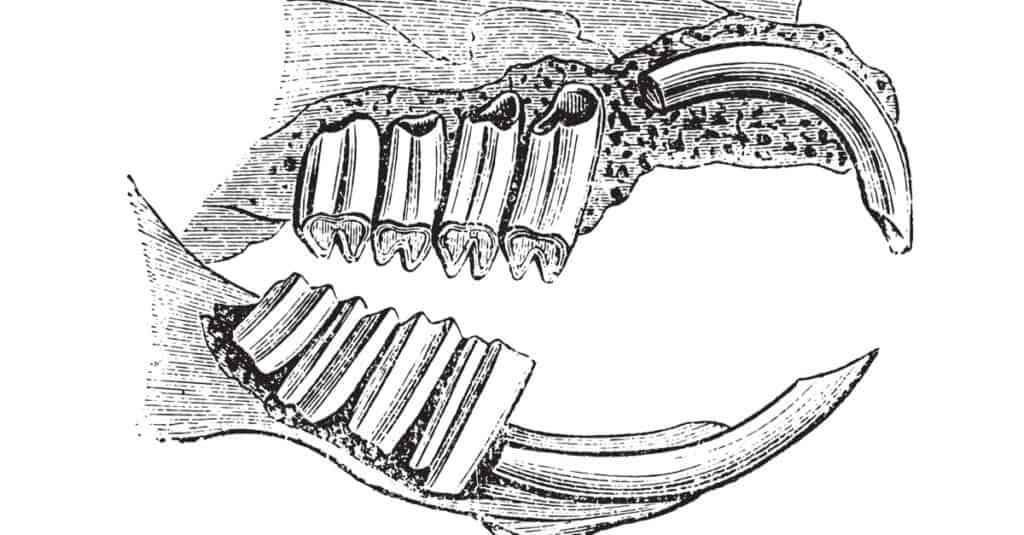
Guinea pigs have 20 teeth; four incisors, four premolars, and 12 molars
©Morphart Creation/Shutterstock.com
Incisors
Guinea pigs have four long, thin teeth at the front of their mouths. These are their incisors, and they have two on the top (maxillary) and two on the bottom (mandibular). The incisors are used to grab food and begin the chewing process. The incisors are also used in grooming. Behind the incisors, where a canine tooth would be on other animals, there is only a gap called a diastema between the incisor and the premolars.
Premolars
Guinea pigs have four total premolars, two on the top, two on the bottom, with two total on each side of the mouth. The premolars are the next tooth after the incisor, and sit just in front of the molars. They are used for chewing and grinding the tough food that guinea pigs thrive on.
Molars
The final 12 teeth in the guinea pig’s mouth are molars. These are the heavy duty grinders that do the bulk of the work when it comes to chewing food. There are six total molars on each side of the mouth, three on the top, and three on the bottom. Like the incisors and premolars, the molars are ever-growing, and continuously develop for the guinea pig’s entire life.
Just What Do Guinea Pigs Use Their Teeth For?
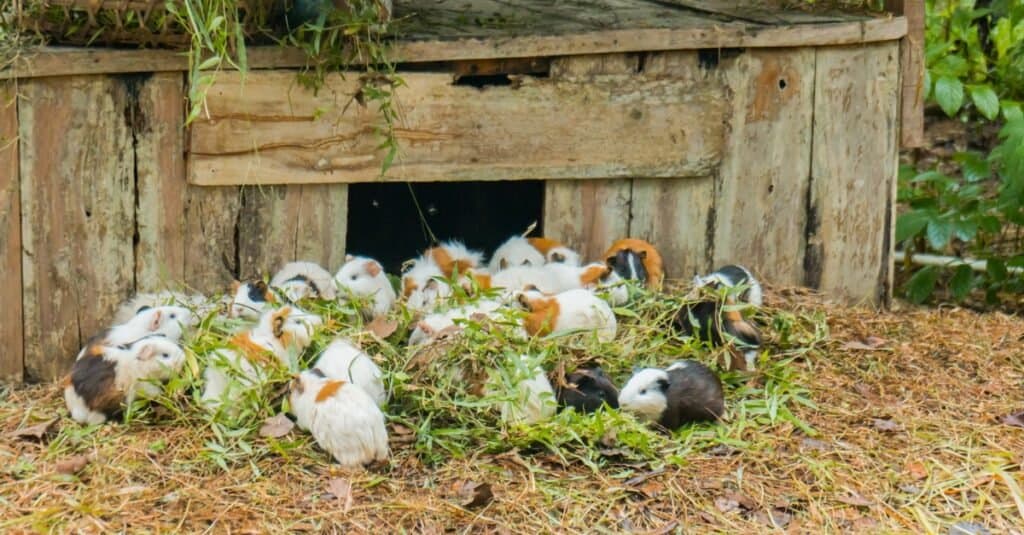
Guinea pigs needs lots of hay or grass to keep their teeth from becoming overgrown
©yasuspade/Shutterstock.com
Guinea pigs teeth keep growing for their entire lives; but why? Well, these rodents evolved to eat primarily hay and grass, foods that cause a lot of wear and tear on teeth. As their diets evolved, their teeth adapted to match. These small rodents don’t have to worry about wearing their teeth out before they reach old age; at 1-2 mm. growth per week, they may actually run into the opposite problem.
Guinea Pig Dental Problems
Guinea pigs make very popular pets in many parts of the world, predominantly in North America and Europe. They’re easy to take care of, fun and cute, and can live up to twelve years (though 6-8 is more common). But, because of their ever-growing teeth, they are prone to dental problems in captivity.
A healthy guinea pig should have white teeth, not yellow like other species of rodent. It’s important that they get enough vitamin B and vitamin C in their diet to maintain these healthy teeth. To get sufficient vitamin B, guinea pigs actually use their teeth for selective coprophagy (poop eating). They produce a special kind of pellet-like poop that they consume in order to absorb enough vitamin B; their teeth are important for more than just chewing hay.
Because guinea pigs’ teeth never stop growing, it is extremely important that owners feed them the appropriate diet, and provide them with enough items to chew on. A guinea pig’s diet should be at least 80% hay, grass, or alfalfa, with some vegetables and rodent pellets provided as a supplement. The reason it is so important to provide such a high percentage of hay is that without the constant grass chewing, the guinea pig’s teeth will likely become overgrown or misaligned. Owners can also provide pet safe wood blocks for their guinea pigs to chew on, which they will happily do.
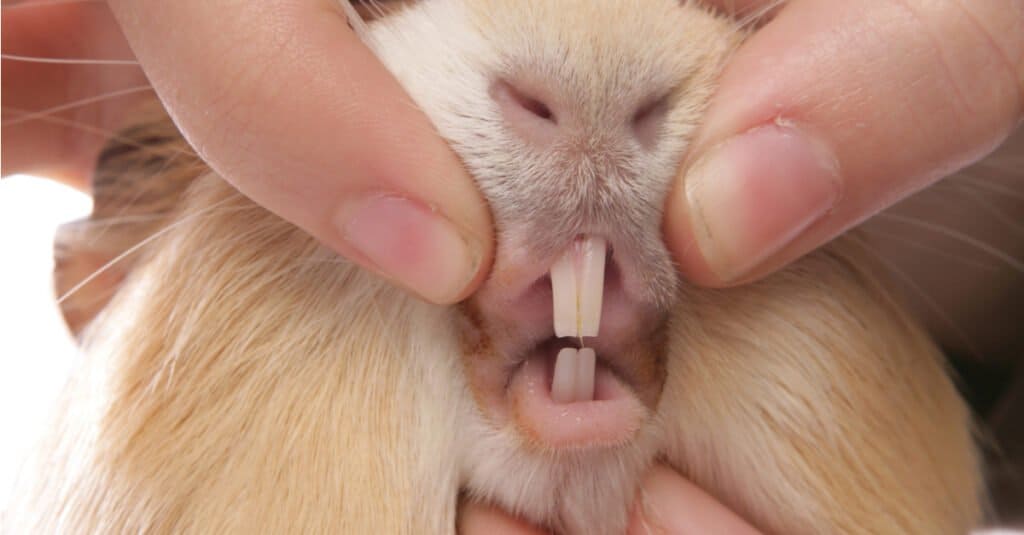
Guinea pigs are prone to overgrown or misaligned teeth
©chrisbrignell/Shutterstock.com
Overgrown Teeth
Guinea pigs have twenty teeth, and every one of them can become overgrown. Overgrowth is easy to prevent with the appropriate diet and chewing supplements, but guinea pigs are particularly prone to this dental problem. Your guinea pig’s teeth may be overgrown if they hesitate to eat, or stop eating altogether; there may also be swelling, redness, or decreased stools. Overgrown incisors can puncture the cheeks or gums and cause abscesses, and make eating painful and difficult. Overgrown molars and premolars can actually grow so much that they entrap the guinea pig’s tongue, making it impossible move the tongue and eat properly.
If you suspect that your guinea pig’s teeth may be overgrown, consult a veterinarian immediately.
Misalignment
The other common dental problem that guinea pigs face is misalignment or malocclusion. Misalignment can be caused by injury or overgrowth of teeth, and is most common with the long, thin incisors. Owners should keep a close eye on their guinea pig’s teeth as misalignment can lead to the tooth root growing in the wrong direction. When this happens, even if the guinea pig loses the tooth–it will grow back wrong. Misalignment can be treated by a veterinarian who may file the tooth or even perform surgery to correct the issue.
With proper care, food, and nutrition, a guinea pig’s teeth will grow straight and white for its entire life. As long as it has enough to chew, and enough grass to eat, the teeth shouldn’t become overgrown or misaligned.
The photo featured at the top of this post is © chrisbrignell/Shutterstock.com
Thank you for reading! Have some feedback for us? Contact the AZ Animals editorial team.




